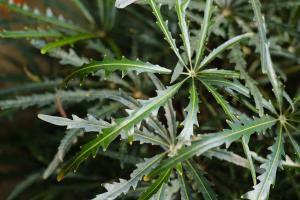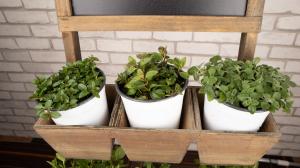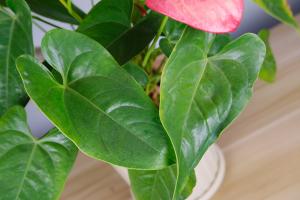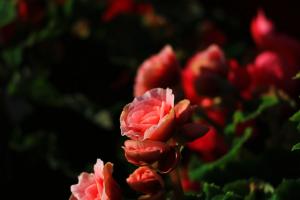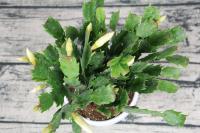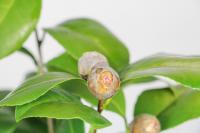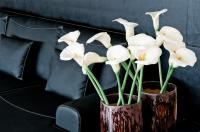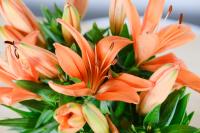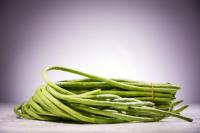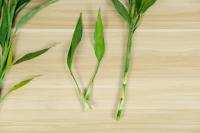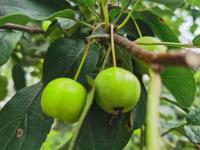1、 Leaf spot control
Leaf spot is a disease that often occurs in the seedling stage of seabuckthorn. In the early stage of the disease, round spots will appear on its leaves, and then it will gradually expand, resulting in dry leaves. If you want to control it, you can make a solution of tujunte powder mixed with 1000 times of water, and use it to spray the plants. It should be sprayed once every 10-15 days, and it can take effect after spraying two to three times continuously
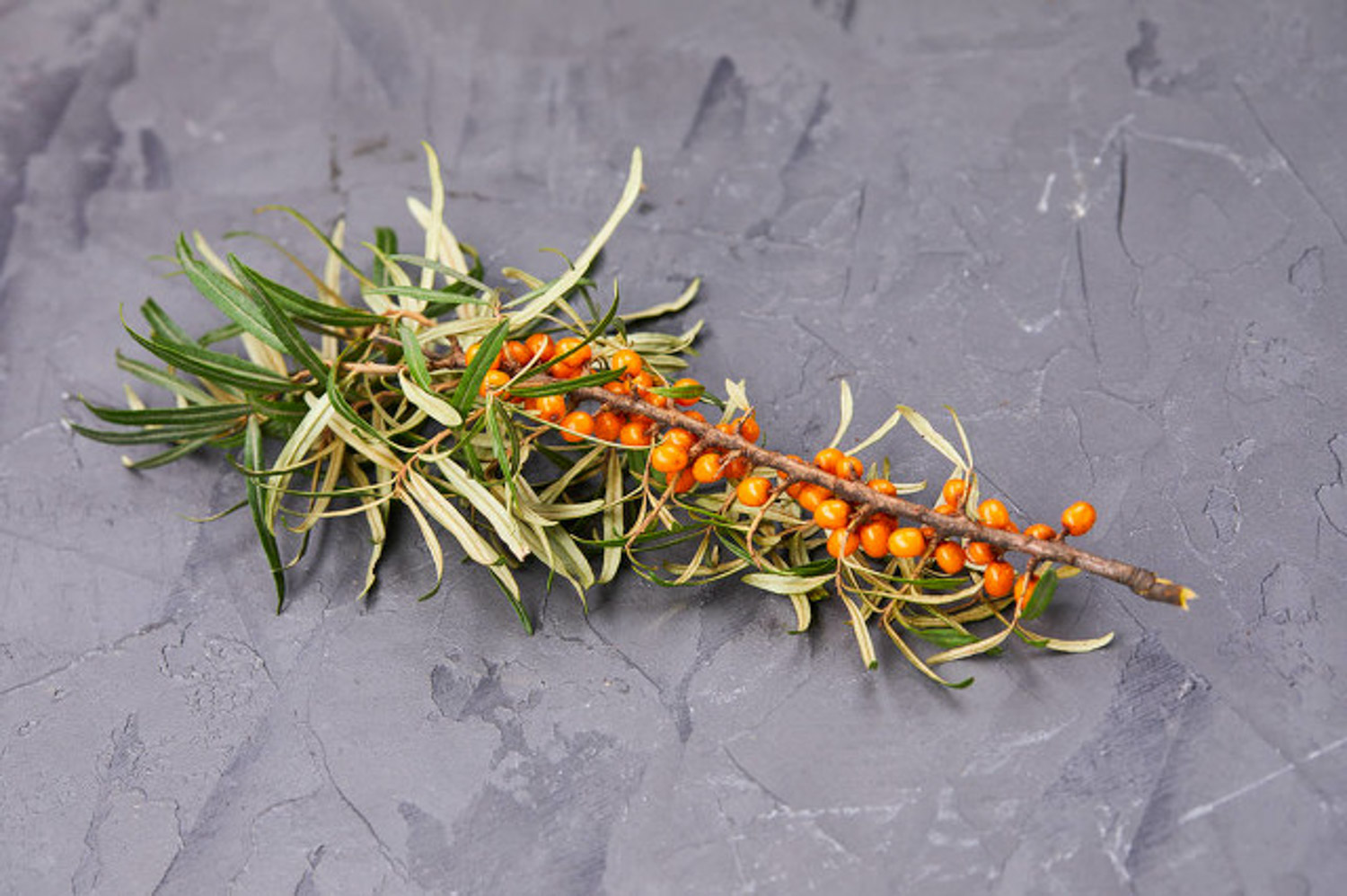
2、 Common diseases and insect pests
1. Seabuckthorn bark beetle moth: the larvae of this pest will harm the branches and roots of the plant. They will drill into the trunk to eat, and then move down slowly to destroy the roots of the plant, leading to its drying and death. As the most harmful pest, there is no good control method at present. The only thing we can do is to trap and kill adults with a black light lamp. In addition, we should flatten the stubble every year to avoid the residue of pests
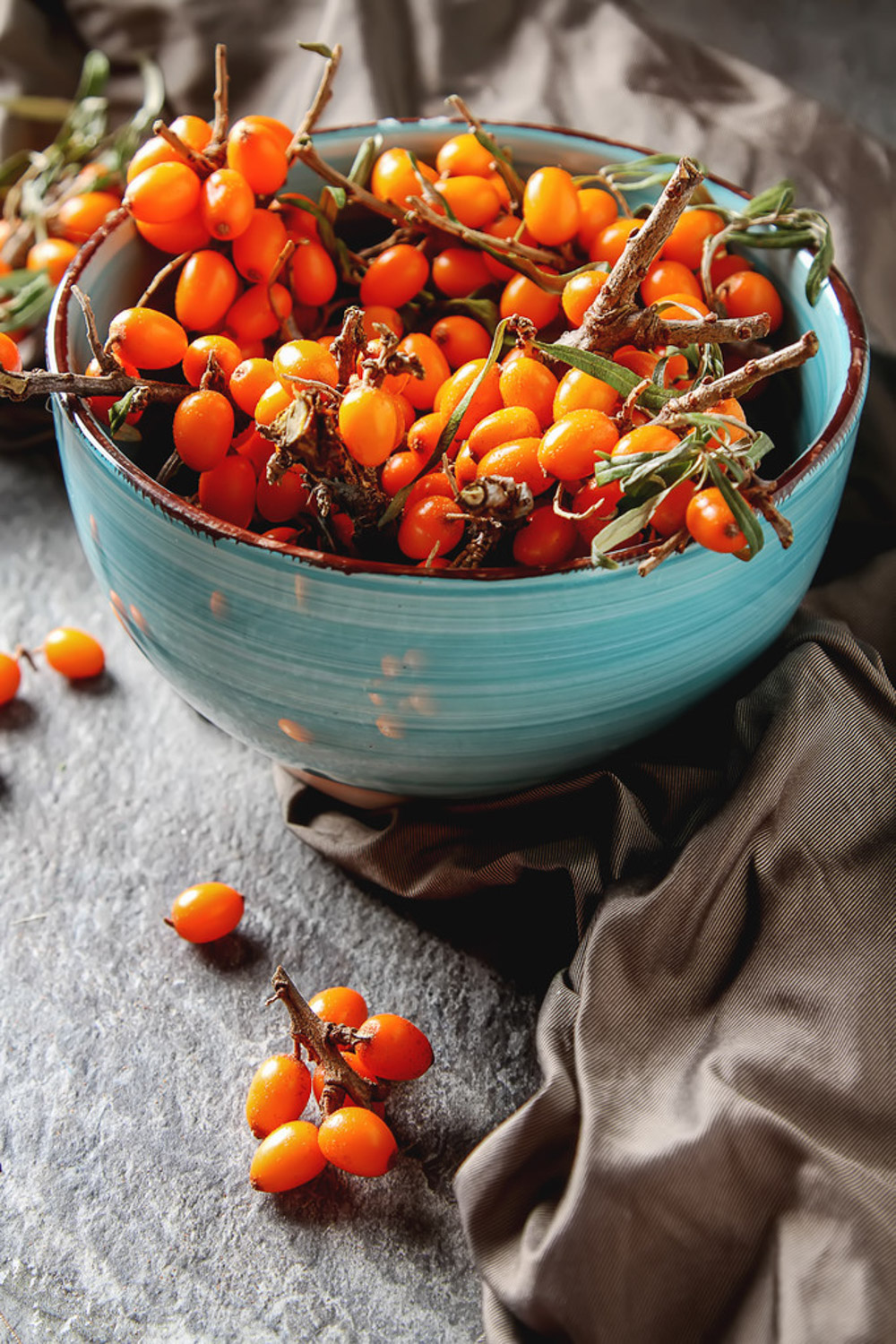
2. Longicorn beetle: this pest has strong damage ability. Its larvae will eat branches and form insect paths in the trunk, affecting the looseness of water and nutrients, weakening its growth, and wither and die in serious cases. Generally, Monochamus alternatus will only harm the plants with higher age and poor growth, and the plants with good growth have the ability of self-protection. If you want to prevent it, you can eliminate the insect source through flat stubble
3. Dry disease: dry disease is a common disease of seabuckthorn. Diseased seedlings turn yellow in leaves, dry in stems, and eventually die as a whole. When the adult plant is sick, the bark will bulge, the leaves will fall off, and the branches will wither. This disease is usually caused by fungi. At the same time, because there are too many nitrogen elements in the soil, it needs to be inhibited by adding phosphorus and potassium fertilizer. In addition, it needs to be sprayed with mancozeb solution every 10-15 days, 2-4 times
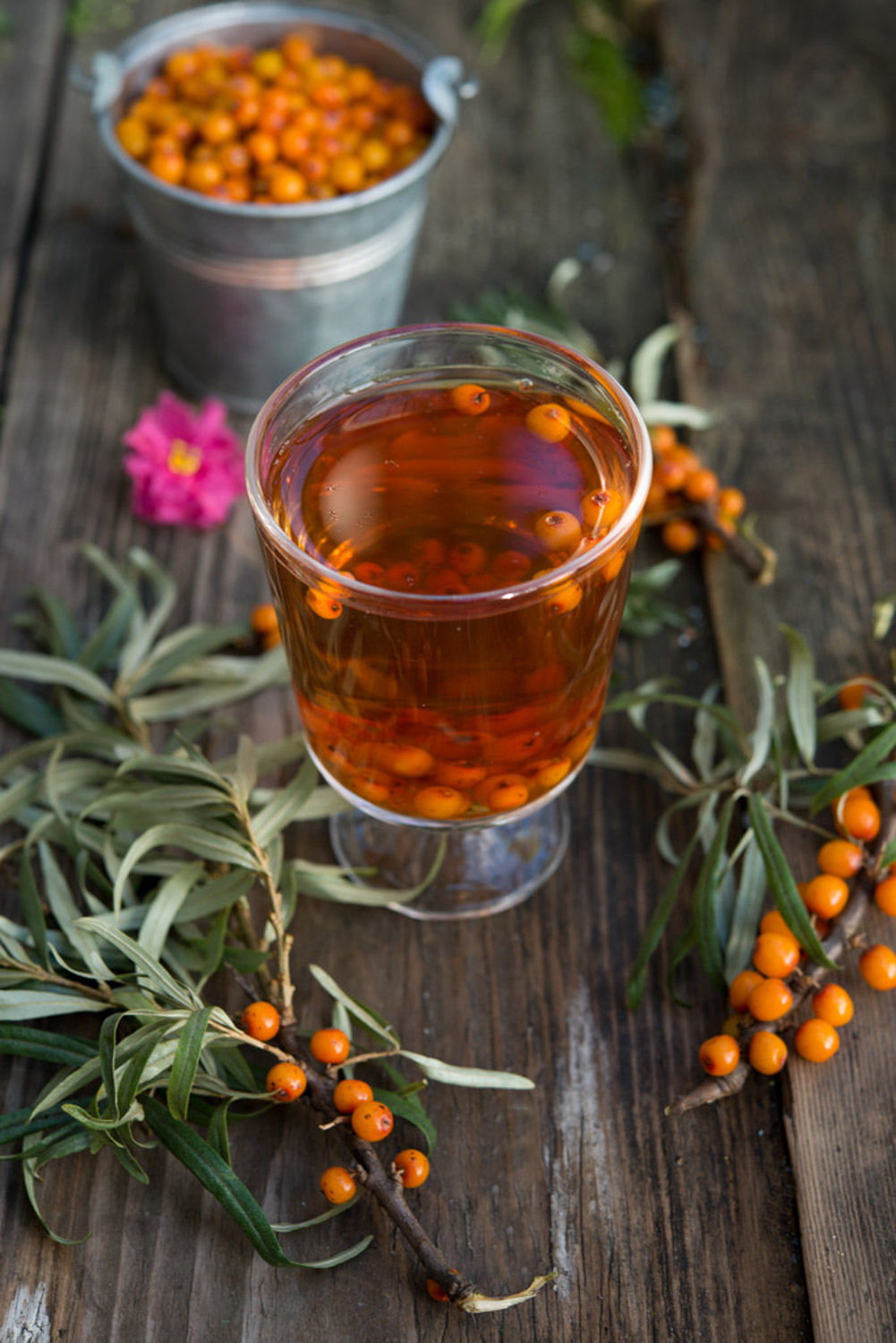
4. Rust: rust mainly damages Seabuckthorn seedlings, usually from June to August. The diseased plants will have dry yellow leaves, and the plants will also be dwarf, with round disease spots on the leaves. This disease is usually based on prevention. In June, Bordeaux liquid should be sprayed every 15-20 days for 2-3 times in a row to reduce the possibility of disease

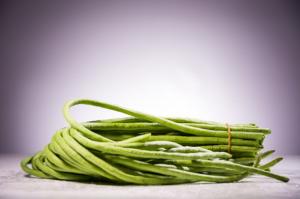 How does okra leaf h...
How does okra leaf h...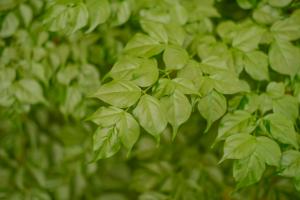 How to treat happy l...
How to treat happy l...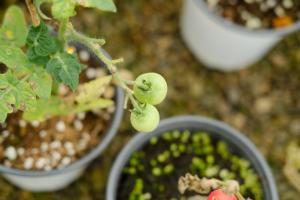 How is tomato Fusari...
How is tomato Fusari...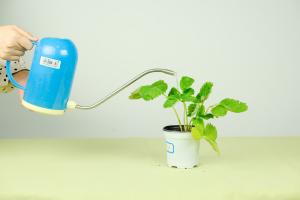 How is Strawberry Po...
How is Strawberry Po... How does Calla becom...
How does Calla becom...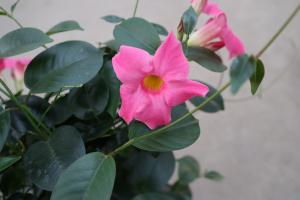 How to roll the leav...
How to roll the leav... Pest control of Phyl...
Pest control of Phyl...
